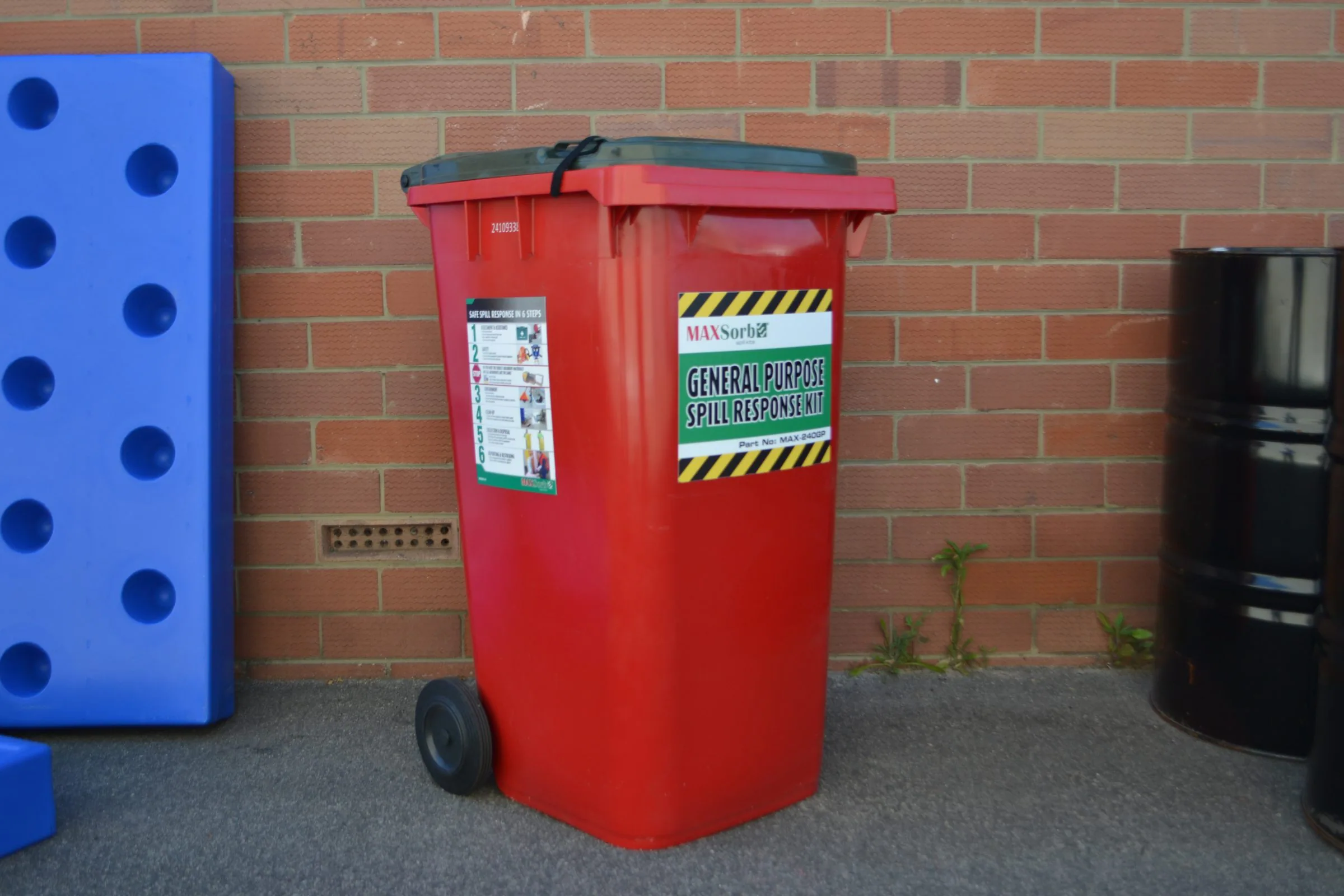If your workplace stores or handles hazardous substances, having the right spill kits on hand isn’t just best practice – it’s a legal requirement. Understanding spill kit regulations and requirements in Australia can help your business stay compliant, avoid heavy fines, and most importantly, keep your team and the environment safe.
What Is a Spill Kit?
A spill kit is a ready-to-use response kit designed to safely manage and clean up chemical spills, fuel leaks, oil spills, or other hazardous material incidents in the workplace. Kits typically contain absorbent materials, protective equipment, and disposal bags tailored to specific substances.
There are several types of spill kits:
-
General purpose spill kits – for non-aggressive liquids like water-based chemicals
-
Oil spill kits – specifically for hydrocarbons and petroleum products
-
Hazardous chemical spill kits – for acids, alkalis and other aggressive chemicals
Choosing the right kit depends on the risks specific to your site.
Why Spill Kits Are Legally Required
In Australia, workplace safety regulations and environmental protection laws mandate that employers must manage risks associated with hazardous chemicals. This includes having proper containment and clean-up procedures in place.
Key legislation includes:
-
Model Work Health and Safety (WHS) Regulations
-
Australian Dangerous Goods Code
-
Environment Protection Authority (EPA) guidelines (state-specific)
These regulations require:
-
Appropriate spill kits for the substances stored on-site
-
Kits that are easily accessible in areas where spills are likely
-
Regular maintenance and restocking of spill kits
-
Staff training in spill response procedures
Failure to comply can result in penalties or prosecution – especially if a spill causes environmental harm.
How to Ensure Your Spill Kits Meet Australian Standards
-
Match the spill kit to the risk
Consider the type and volume of liquids stored. A hazardous chemical spill kit is essential if you handle corrosive or toxic substances. -
Position kits strategically
Kits should be located near high-risk areas like chemical storage, fuel tanks, or drum handling zones. -
Train your team
Even the best kit is useless if your staff don’t know how to use it. Regular spill response training is a must. -
Restock and maintain
After a spill or as part of routine inspections, ensure your kits are complete and in working condition. -
Use compliant signage
Clear signage helps workers identify spill kit locations quickly during an emergency.
Tips for Choosing the Right Spill Kit Supplier
When choosing a supplier, look for:
-
Kits that meet EPA compliance standards
-
Clear labelling and usage instructions
-
Ongoing support for training and restocking
-
Industry-specific advice for spill containment
Complying with Australian spill kit regulations isn’t just about ticking boxes. It’s about protecting people, the environment, and your business from the serious consequences of chemical spills. Make sure your workplace is equipped, educated and ready to respond.

 1300 804 557
1300 804 557